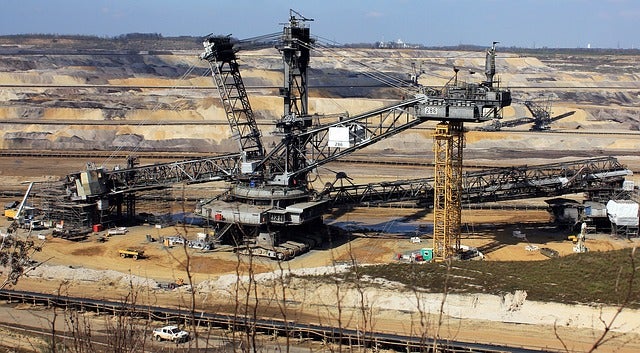
Strandline Resources has taken a final investment decision (FID) to develop the Coburn mineral sands project in Western Australia with an investment of AUD338m ($261.13m).
The company’s 100% owned heavy mineral sands project will produce a range of critical minerals that include zircon, titanium feedstock, and monazite containing rare earths.
Located in the Gascoyne region, the Coburn project is expected to achieve first production during the latter half of next year.
Strandline Resources said that it will begin construction on the proposed open pit mine with immediate effect.
The Australian company expects to use 300 people during the peak stage of the construction on the Coburn mineral sands project, while adding 150 jobs later on for the production activities.
Coburn is fully-funded by a mix of debt offered by the Northern Australian Infrastructure Facility (NAIF) of up to AUD150m ($115.76m) and the recent bond issue and equity provided by Strandline Resources’ recent capital raising.
Strandline Resources managing director Luke Graham said: “The project is set to benefit from increasing demand and falling supply of its critical minerals following years of under-investment in new projects.
“Coburn is a world-scale project in a tier-1 location, and achieving FID is consistent with Strandline’s strategy to develop and operate high margin, expandable mining assets with market differentiation and relevance in the sector.
“The work completed by the Strandline team has allowed the FID to be taken based on strong project definition, providing confidence in schedule and cost estimates.”
Currently, the Coburn mine life sees mining continue until 2045 with a possibility of extending it by another 15 years. The extension to 37.5 years is planned to be achieved by converting mineral resources which are located immediately north and along strike of existing ore reserves.
The project is underpinned by five major binding offtake contracts, covering nearly 95% of its estimated mineral sands production over the first five years of mining.






